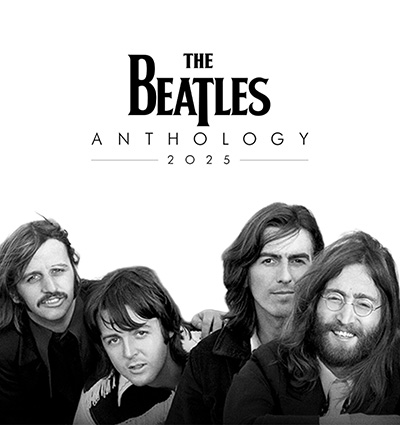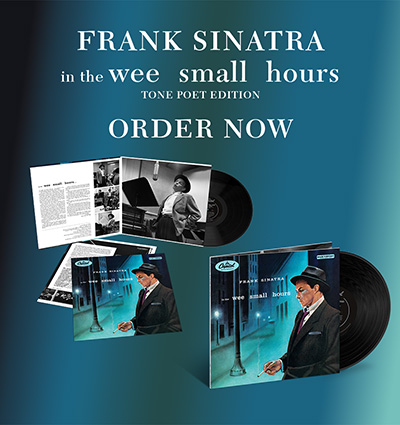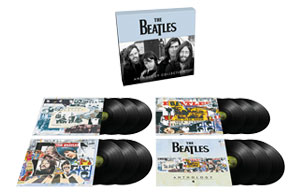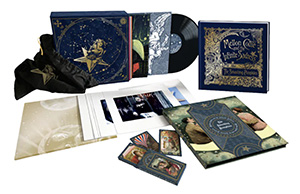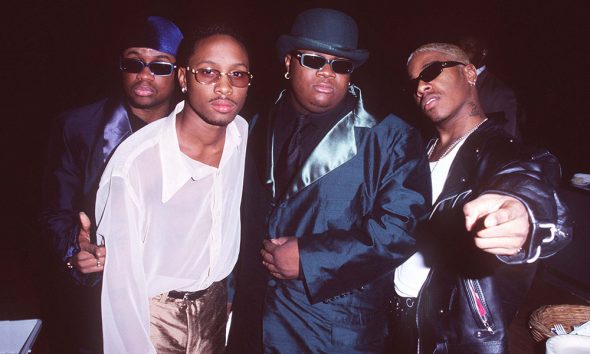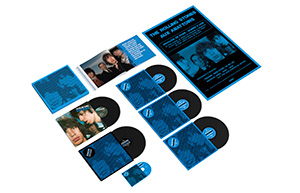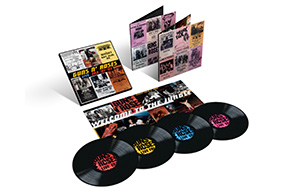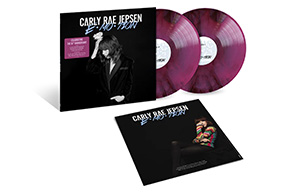Best Connie Francis Songs: 10 Enduring Classics
This trailblazing singer’s finest music continues to transcend time.
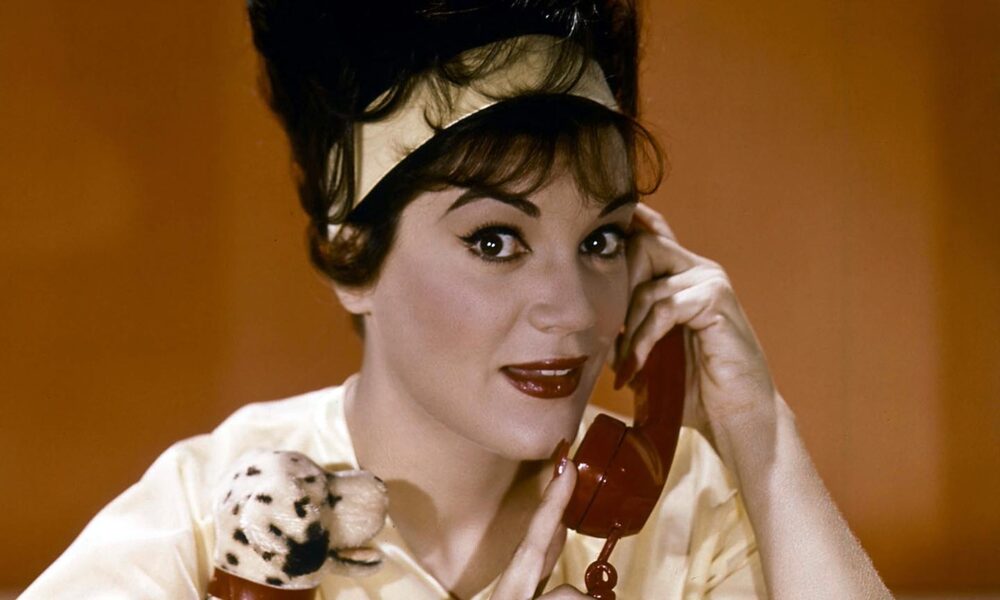
As pioneering female artists go, Connie Francis continues to set the pace. Born Concetta Rose Maria Franconero in Newark, New Jersey in 1937, she displayed precocious talent as a singer as a child and she was already a veteran of local talent shows by the time she adopted her stage name in the early 1950. Signing to MGM in 1955, Francis went on to enjoy a truly stellar career, becoming the first woman to reach No. 1 on the Billboard Hot 100 (with 1960’s “Everybody’s Someone’s Fool”) and eventually going on to sell an estimated 200 million records worldwide. A versatile and dextrous performer, she mastered everything from orchestral ballads to rock ‘n’ roll and jazz and this selection of the best Connie Francis songs reflects the enduring quality of her work.
Buy Connie Francis’ music on vinyl now.
Pretty Little Baby
“Pretty Baby” was initially a highlight of 1962’s Connie Francis Sings Second Hand Love. A playful, upbeat and engaging love song, it’s a well-established fan favorite that ranks highly among the best Connie Francis songs, so it’s slightly curious to discover it wasn’t chosen as a single. Much more recently, though, “Pretty Little Baby” has enjoyed a long overdue season in the sun at the center of a viral TikTok trend where creators are lip-syncing the song’s lyric while sporting all manner of stylish outfits.
Who’s Sorry Now?
Connie Francis secured a recording contract with MGM before she turned 18, but success initially proved elusive, with her initial run of singles only yielding one minor hit courtesy of her Marvin Rainwater duet “The Majesty Of Love” in 1957. Indeed, Francis had even begun to consider a career outside music when she scored her first major hit with a slow-burning, blues-y cover of “Who’s Sorry Now?”: a song originally composed in waltz time by Ted Snyder in 1923. Her own recording of “Who’s Sorry Now?” took a while to take off, but after it debuted on Dick Clark’s American Bandstand in January 1958, it raced up to No. 4 on the Billboard Hot 100, spending a total of 22 weeks on the charts and setting Connie Francis on the path to mainstream stardom.
Stupid Cupid
Despite an initial breakthrough with “Who’s Sorry Now?,” Connie Francis only became a U.S. chart regular after she returned to the Top 20 of the Billboard 200 with 1958’s “Stupid Cupid,” penned by Howard Greenfield and Neil Sedaka. Sedaka, in particular, had reservations about the song’s suitability, but Francis had other ideas and felt it was a hit as soon as she heard the demo. Her instinct was sound, for her feisty performance of this neat, Buddy Holly-esque pop song not only went Top 20 in North America, but also spent 6 weeks atop the U.K. Singles chart.
My Happiness
Though its melody was first composed in 1933, “My Happiness” only became a pop music standard in the immediate post-war years, when rival versions recorded by Jon & Sondra Steele, the Pied Pipers and Ella Fitzgerald’s a cappella take of the track all made the Top 10 of the Billboard Hot 100 during 1948. Connie Francis liked the Jon & Sondra Steele recording and cut her own version with help of a full orchestra conducted by David Rose. Francis’ poised take of “My Happiness” was only kept off the Hot 100’s top spot by The Platters’ recording of the show tune “Smoke Gets In Your Eyes” early in 1959.
Lipstick On Your Collar
Her ballads and romantic love songs tend to catch the plaudits, but some of the best Connie Francis songs are very much rock ‘n’ roll songs. Indeed, one essential inclusion of this nature is 1959’s “Lipstick On Your Collar”: a robust and sprightly workout featuring a dynamite solo by legendary American jazz guitarist George Barnes that gave Francis her first up-tempo U.S. Top 10 hit. The song had originally been slated as the flip for Francis’ recording of Howard Greenfield and Neil Sedaka’s “Frankie,” but MGM were so pleased with both tracks they released the pair as a double A-side which eventually sold over a million copies in North America alone.
Mama
Having grown up in a mixed Italian-Jewish neighborhood in her native New Jersey, Connie Francis became fluent in both Italian and Yiddish from an early age and her linguistic fluency enabled her to record successful albums in languages as disparate as German and Irish throughout the 1960s and beyond. This trend began with 1959’s hugely successful Connie Francis Sings Italian Favourites, featuring the lush Anglo-Italian ballad “Mama” which rose to No. 8 on the Billboard Hot 100 and helped its parent album to stay on the U.S. album charts for 81 weeks in all.
Everybody’s Somebody’s Fool
Connie Francis’ multi-lingual skills ensured her polka-style German language recording of “Everybody’s Somebody’s Fool” (“Die Liebt ist ein seltsames Spiel”) topped the West German singles chart in 1960. However, her classic English language recording of the song is arguably the most significant track in her canon. On its own merits, the song’s a stand-out – the intro’s memorable seaside organ part leads into a perky, blues-imbued song followed by an irresistible chorus – but “Everybody’s Somebody’s Fool” also marked two extremely notable milestones. It was Francis’ first ever U.S. No 1 and it also became the first song by a female artist ever to top the Billboard Hot 100.
My Heart Has A Mind Of Its Own
Having penned Connie Francis’ first U.S. No. 1 in “Everybody’s Somebody’s Fool,” songwriters Howard Greenfield and Jack Keller again struck gold with “My Heart Has A Mind Of Its Own.” The recording eventually spread across three sessions at Hollywood’s Radio Recorders and it proved a little difficult to nail the song, but it was worth it in the end, for “My Heart Has A Mind Of Its Own” was (and still is) a fine, lovelorn song with a country flavor accentuated by a great guitar hook and Francis’ charismatic vocal. Its quality again told in commercial terms, with the song again rapidly climbing the Billboard Hot 100 and supplying Francis with her second U.S. chart-topper in the fall of 1960.
Where The Boys Are
In addition to her singing career, Connie Francis starred in four feature-length films during the early-to-mid 60s. Arguably the best of the bunch, 1960’s Where The Boys Are featured Francis as Angie, one of a quartet of female students on a spring break in Fort Lauderdale, FLA, but while the visuals garnered acclaim (it won a Laurel Award for Best Comedy Of The Year) Francis again excelled musically with the theme tune. A yearning, widescreen ballad, the song was further elevated by one of her most impassioned vocal performances and while it didn’t make the top of the U.S. charts (it peaked at No. 4), it became an instant fan favorite which many still refer to as her signature tune.
Don’t Break The Heart That Loves You
Benny Davis and Murray Mencher (usually credited as Ted Murry) penned a clutch of songs such “Follow The Boys” and the lovely, country-tinged ballad “The Biggest Sin Of All” which wouldn’t be out of place among the best Connie Francis songs. However, their most mandatory inclusion here is surely “Don’t Break The Heart That Loves You.” A slow, seductive, blues-etched ballad recorded by Francis in two-part harmony with a spoken word bridge, this triumphant set piece rewarded her with a well-deserved third and final U.S. No. 1 smash in the spring of 1962.
Buy Connie Francis’ music on vinyl now.

